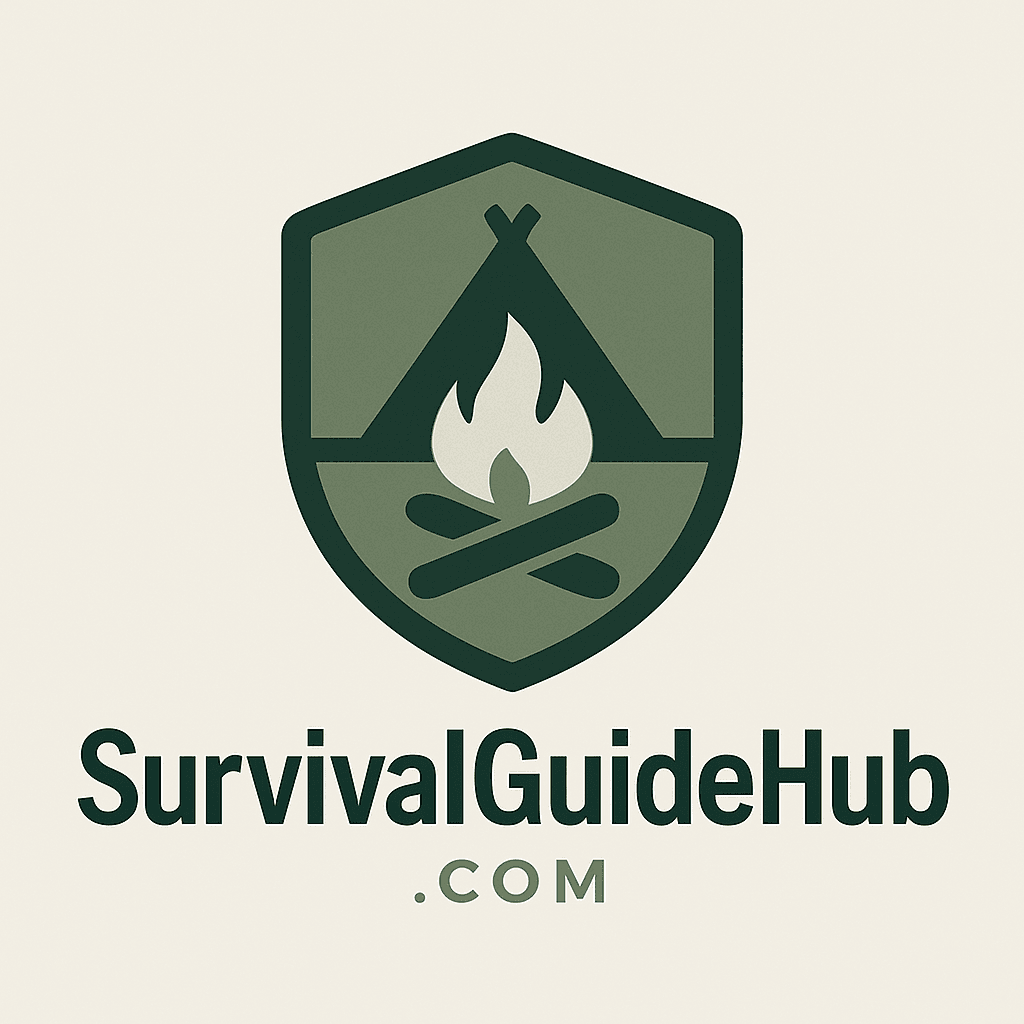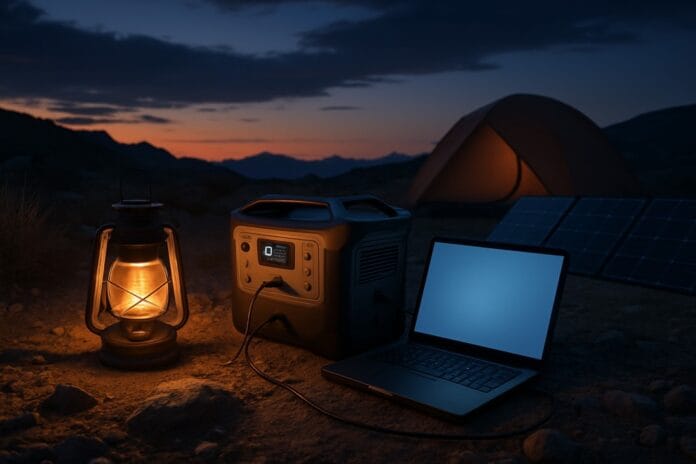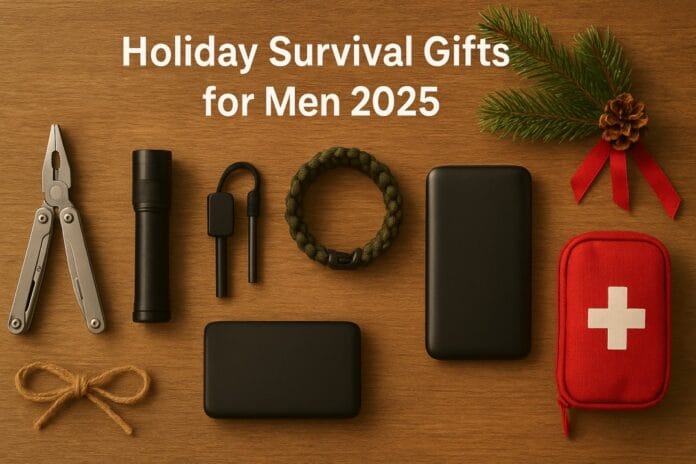Emergency Preparedness for Families with Limited Mobility (2025 Guide)
1. Special Challenges for Mobility-Limited Families
- Evacuation difficulty: stairs, uneven ground, and narrow paths can slow escape.
- Power dependency: scooters, power wheelchairs, and medical devices need reliable backup energy.
- Limited reach / access: difficulty lifting, carrying, or accessing supplies.
- Response time: mobility constraints increase risk during fast-moving disasters like fires or floods.
2. Must-Have Gear for Disability-Friendly Survival Kits
Power Backup & Battery Support
Keep mobility devices and medical gear running even during long outages with high-capacity power stations and foldable solar panels. (You can add your preferred power station links here.)
Medical & Medication Kits
- Pre-labeled pill organizers in waterproof pouches
- Emergency injection kits (if applicable)
- First-aid kits with easy-access compartments
Mobility & Evacuation Tools
When stairs or obstacles are a barrier, these specialized tools can be lifesaving.
1. HyperLite Evacuation Foldable Medical Stair Lift Chair
A lightweight, foldable stair chair designed for quick evacuation down stairs. Rated up to 350 lb.
- Pros: Compact folding design, safety straps included
- Cons: Best used with at least two helpers
2. Portable Stair Chair Transfer / Emergency Evacuation Stretcher
Compact folding chair/transfer device for emergency moves in narrow staircases or hallways.
- Pros: Easy to fold and carry, good for tight spaces
- Cons: Not powered — requires helpers
3. MAIDeSITe Electric Chair Lift, Stand Up Independently from Floor
Foldable stair chair with wheels and safety straps for moving a person down steps safely.
4. Mobile Evacuation Stair Chair (Generic Model)
Another portable stair evacuation chair rated up to 350 lb, ideal for emergencies at home or in public buildings.
Portable Wheelchair & Threshold Ramps
Portable ramps make it possible to get over steps, thresholds, or into vehicles quickly.
1. MAASTERS 12-Foot Foldable Portable Wheelchair Ramp
Strong aluminum ramp, suitable for larger step heights and vehicle access. Folds into sections for easier storage.
2. Gardhom 6-Ft Portable Wheelchair Ramp
A popular folding 6-foot aluminum ramp with a 600 lb weight capacity and anti-slip surface.
3. VNN 6-Ft Portable Wheelchair Ramp
Another top-rated 6-ft folding ramp, lightweight but durable, with handles for portability.
Evacuation Sheets & Transfer Aids
EZ-Assistive Emergency Evacuation Sheet
Sled-style sheet that fits under a mattress, allowing rescuers to quickly move bedridden patients during emergencies.
3. Communication & Alerts
Midland ER210 NOAA Emergency Crank Weather Radio
Includes solar charging, hand crank, USB output, and NOAA weather alerts. Compact and reliable during outages.
4. Practical Tips for Prepping with Limited Mobility
- Accessible storage: Keep your “go bag” at waist height or on wheels.
- Duplicate critical items: Extra wheelchair controllers, backup medications in multiple spots.
- Medical documentation: Carry a laminated card with conditions, medications, emergency contacts.
- Practice evacuation routes: Roll or walk evacuation paths ahead of time, including alternate routes.
5. Building a Support Network
- Verify shelters have ADA accommodations in advance
- Share your plan with neighbors who can help
- Register with county emergency services for assistance alerts
6. Checklist: Disability-Friendly Survival Kit
- High-capacity power station + solar backup
- Extra mobility batteries / chargers
- Emergency radio (Midland ER210)
- Evacuation chair (HyperLite, OGMOYT, YUPINZHENAI)
- Portable wheelchair ramps (Gardhom 6ft, MAASTERS 12ft, VNN 6ft)
- Evacuation sheet for bedridden family members
- Medications & first-aid kit in a waterproof bag
In addition to disability-specific gear, every household should stock the basics. If you’re unsure where to start, check out our guide on the Top 7 Emergency Supplies Every American Home Needs in 2025.
Final Thoughts
Prepping with mobility challenges doesn’t mean you’re at a disadvantage — it means choosing gear and strategies that fit your needs. Start with the basics: evacuation chairs, ramps, and communication tools. Add reliable power backups and practice drills with your support network. With the right plan and tools, families with disabilities can be just as resilient in any disaster scenario.
Disclosure: This post contains affiliate links. As an Amazon Associate, we earn from qualifying purchases at no extra cost to you.






